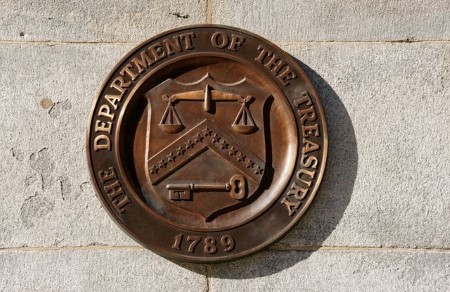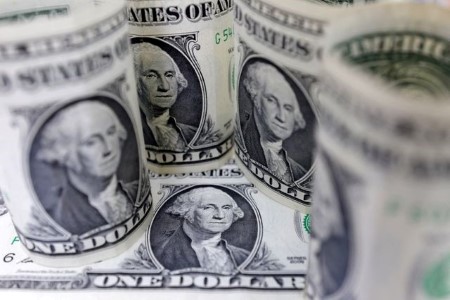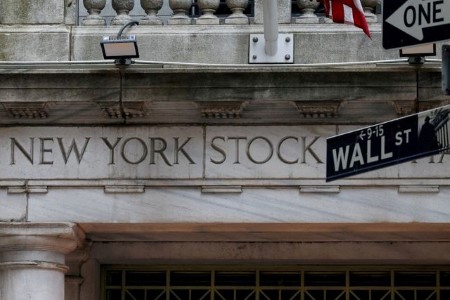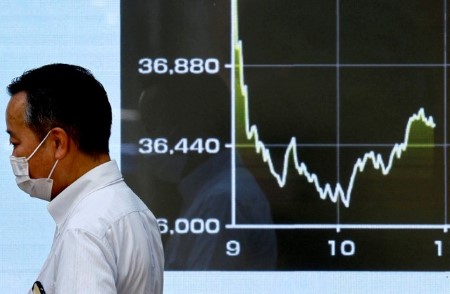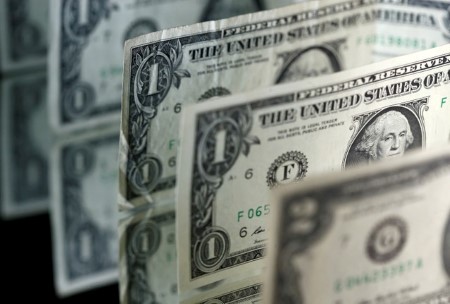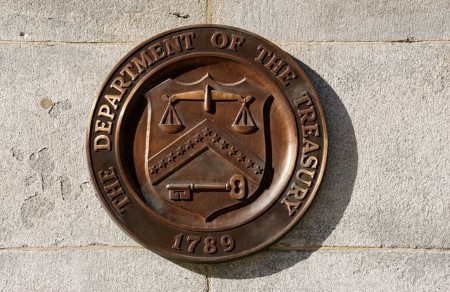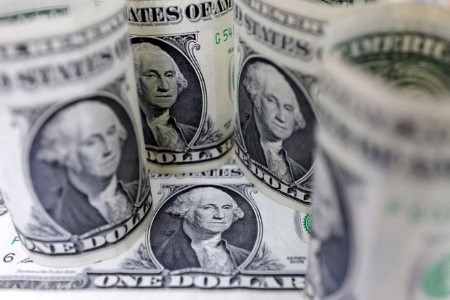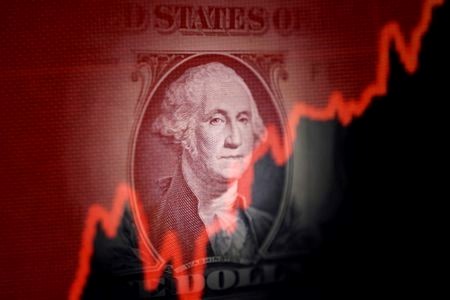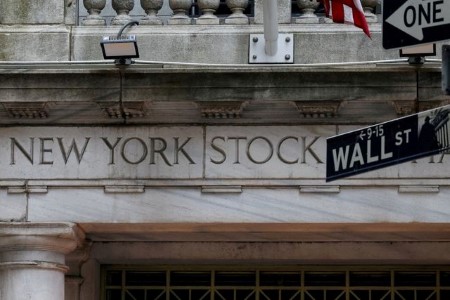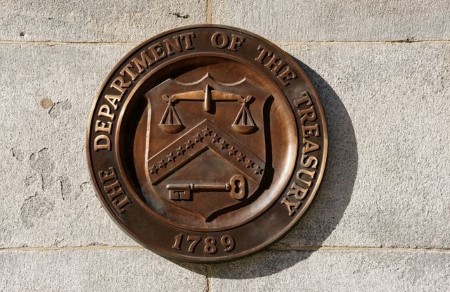NEW YORK – Longer-dated Treasury yields climbed on Monday after the latest tariff announcement from US President Donald Trump, while yields briefly pared gains after data on the manufacturing sector again showed contraction.
Trump said late on Friday he planned to increase tariffs on imported steel and aluminum to 50% from 25%, ratcheting up pressure on global steel producers and extending his trade war.
“In this environment, with the Federal Reserve on pause at this point, the economic data holding in there, the more recent big news items have been related to the deficit and then with trade, and both of those combined pushes yields higher,” said Jim Barnes, director of fixed income at Bryn Mawr Trust in Berwyn, Pennsylvania.
“If it starts to point in the other direction for the economy going downwards, then the long-end just based on where yields are today, I could see investors starting to move back in there as the economy becomes an area of concern again.”
The yield on the benchmark US 10-year Treasury note rose 4.2 basis points to 4.46% after earlier rising to 4.47% on the session.
Yields retreated slightly after the Institute for Supply Management (ISM) said its manufacturing PMI edged down to a six-month low of 48.5 last month from 48.7 in April. A reading below 50 signals contraction and it was the third straight month below that threshold.
“The tariff pause wasn’t a pause that refreshes, it’s probably because it’s not much of a pause, tariffs are still up,” said Brian Jacobsen, chief economist at Annex Wealth Management in Menomonee Falls, Wisconsin.
“The pause was on the most punitive tariffs. Firms stocked up on inventory and are now destocking. The Fed may be in wait-and-see mode, but firms are just waiting, not knowing what they’ll see.”
Markets have been volatile since Trump announced a slew of tariffs on countries around the globe on April 2, only to then pause some and declare new ones.
Federal Reserve Governor Christopher Waller said on Monday, while speaking in Seoul, South Korea, that interest rate cuts remain possible later this year, even with the Trump administration’s tariffs likely to push up price pressures temporarily.
The yield on the 30-year bond rose 6.1 basis points to 4.993% after climbing to a high of 5.003%.
Economic survey data has shown expectations for higher inflation have grown as the tariffs are announced, while many Fed officials have indicated a patient approach to determine the effect the levies may be having on prices.
Federal Reserve Bank of Dallas President Lorie Logan said on Monday that inflation is still above the central bank’s target and the Fed is well-positioned to wait and be patient, with the key risk being if short-term inflation expectations become entrenched.
A closely watched part of the US Treasury yield curve measuring the gap between yields on two- and 10-year Treasury notes, seen as an indicator of economic expectations, was at a positive 51.7 basis points.
Markets are currently anticipating a cut from the Fed of at least 25 basis points likely to come at the central bank’s September meeting.
Chicago Federal Reserve Bank President Austan Goolsbee said the Fed was likely to lower rates after the uncertainty from tariff policies is cleared up.
The two-year US Treasury yield, which typically moves in step with interest rate expectations, rose 2.7 basis points to 3.941%.
The breakeven rate on five-year US Treasury Inflation-Protected Securities (TIPS) was last at 2.393% after closing at a three-week low of 2.378% on May 30.
The 10-year TIPS breakeven rate was last at 2.344%, indicating the market sees inflation averaging about 2.3% a year for the next decade.
(Reporting by Chuck Mikolajczak; Editing by Nick Zieminski)







 DOWNLOAD
DOWNLOAD




